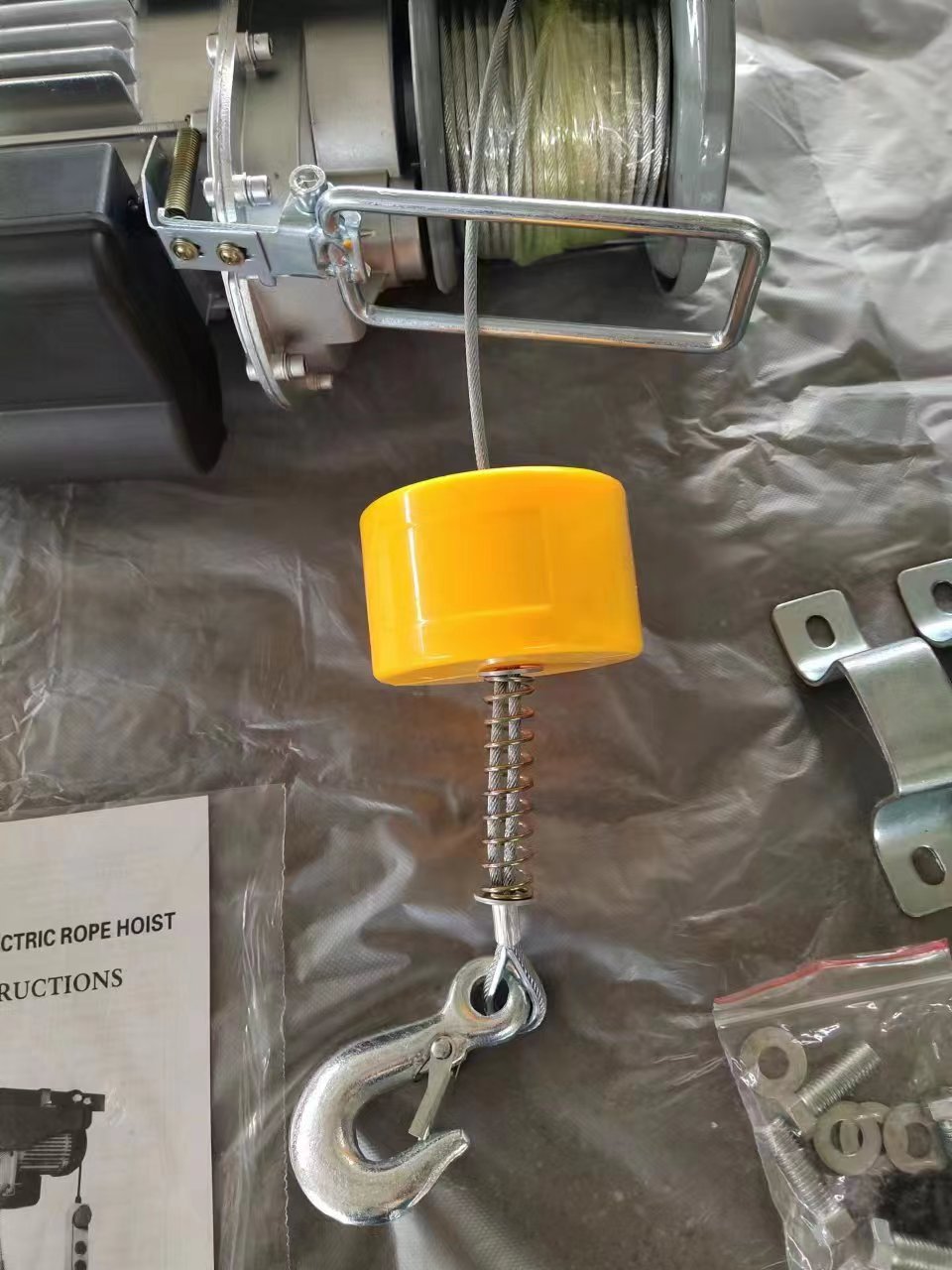


Understanding Fall Protection Frequently Asked Questions
Fall protection is a critical safety measure in various industries, especially in construction, manufacturing, and maintenance. Ensuring the safety of workers at heights is paramount to prevent accidents and injuries. Here, we address some frequently asked questions about fall protection to provide clarity on this crucial topic.
1. What is fall protection?
Fall protection refers to systems and practices designed to prevent workers from falling when they are elevated above ground level. This can include the use of guardrails, safety nets, personal fall arrest systems (PFAS), and proper safety training. The goal is to minimize risks and ensure worker safety on sites like scaffolding, rooftops, or elevated platforms.
2. Why is fall protection necessary?
Falls are among the leading causes of workplace injuries and fatalities. According to the Occupational Safety and Health Administration (OSHA), falls account for a significant number of serious injuries and deaths in the construction industry. Implementing effective fall protection measures can significantly reduce the risk of these incidents and save lives.
3. When is fall protection required?
Fall protection is mandated when a worker is exposed to fall hazards at elevations of six feet in the construction industry and at eight feet in general industry. However, it is essential to assess the specific conditions of each job site as certain scenarios may require protective measures even at lower heights.
4. What types of fall protection systems exist?

There are several types of fall protection systems that can be implemented, including
- Guardrails Barriers placed at the edge of work surfaces to prevent falls. - Safety Nets Installed below the working level to catch falling workers. - Personal Fall Arrest Systems (PFAS) Includes harnesses, lanyards, and anchors that work together to safely stop a fall. - Positioning Devices Allow workers to be supported on an elevated surface, providing fall protection while allowing hands-free work.
5. How should fall protection be selected?
Choosing the right fall protection system depends on a variety of factors including the work environment, the height of the work, and the nature of the tasks being performed. Employers must conduct a thorough risk assessment and ensure that their chosen solution complies with OSHA regulations and industry standards.
6. What training is required for fall protection?
Training is crucial in ensuring that workers understand how to properly use fall protection equipment and recognize fall hazards. OSHA requires that workers exposed to fall risks receive training covering the proper use, maintenance, and inspection of fall protection systems.
Conclusion
Fall protection is a vital aspect of occupational safety that safeguards workers from the dangers of falling. By understanding the requirement and implementing appropriate measures, employers can create a safer work environment. In a world where safety cannot be compromised, staying informed about fall protection is key to protecting lives and fostering a culture of safety. Always prioritize training and adhere to regulations to effectively mitigate fall risks in the workplace.



